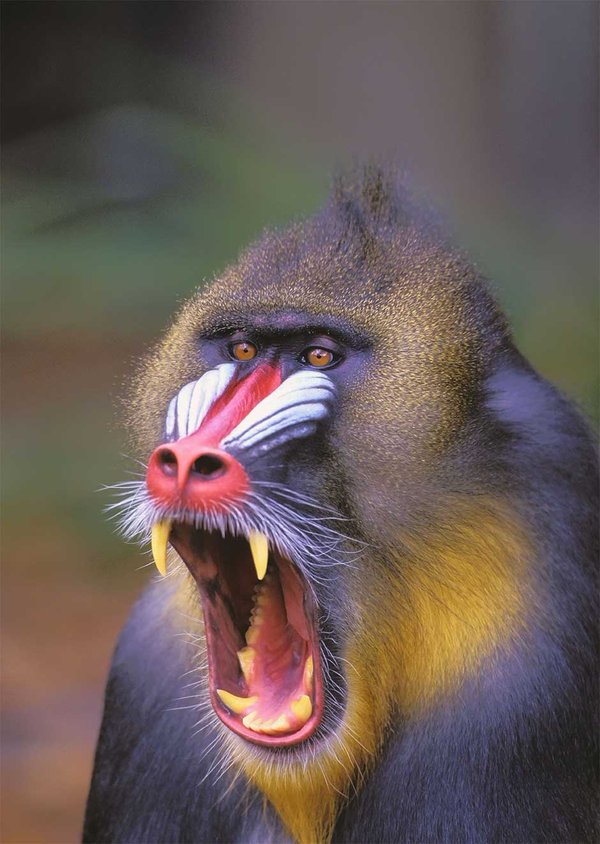

Their vast business empire, which spans steel, sugar, and paper mills, has allowed them to wield significant economic and political power. However, as these families grew wealthier and their influence expanded, the line between oligarchy and plutocracy began to blur.Ĭonsider the example of the Sharif family. Initially, their influence echoed an oligarchical system. The Bhuttos and the Sharifs are prominent families with significant power. Political dynasties have long been a defining feature of Pakistan’s political landscape. This article will delve into the reasons behind this political transition and the implications for Pakistan’s democracy. This transition from an oligarchical system, where power is concentrated in the hands of a select few, to a plutocracy, marked by the dominance of the wealthy, is a cause for concern. The continuous power struggle, oscillating between military rule and civilian governments, has gradually given way to an emerging plutocracy. In Pakistan, a country marked by a tumultuous political history, a notable shift has occurred. Some critics argue that the United States has become more plutocratic, with the rich exerting significant control over policy decisions. The influence of wealthy individuals and corporations on American politics has grown over time, particularly after the Citizens United decision in 2010, which allowed unlimited campaign contributions from corporations and wealthy individuals. During his tenure, critics argued that his wealth and control of key media assets allowed him to influence Italian politics significantly and shape public opinion, contributing to a plutocratic environment.Īlthough the United States is considered a representative democracy, it has also exhibited characteristics of both an oligarchy and a plutocracy at various historical points. Berlusconi was a wealthy media mogul who held the position of Prime Minister multiple times between 19. As these oligarchs consolidated their wealth and power, the Russian political system began to display characteristics of a plutocracy, with the wealthy class exerting significant control over government decisions and policies.ĭuring the tenure of Silvio Berlusconi, Italy displayed characteristics of both an oligarchy and a plutocracy. During this time, a small group of powerful individuals, often called “oligarchs,” accumulated vast wealth and influence by acquiring control of key industries and resources.

It is important to note that the classification of a nation’s political system can be complex and fluid, as elements of different approaches can coexist, and transitions between systems may need to be clarified.Īfter the fall of the Soviet Union in 1991, Russia underwent a period of rapid privatization and economic liberalization.


 0 kommentar(er)
0 kommentar(er)
